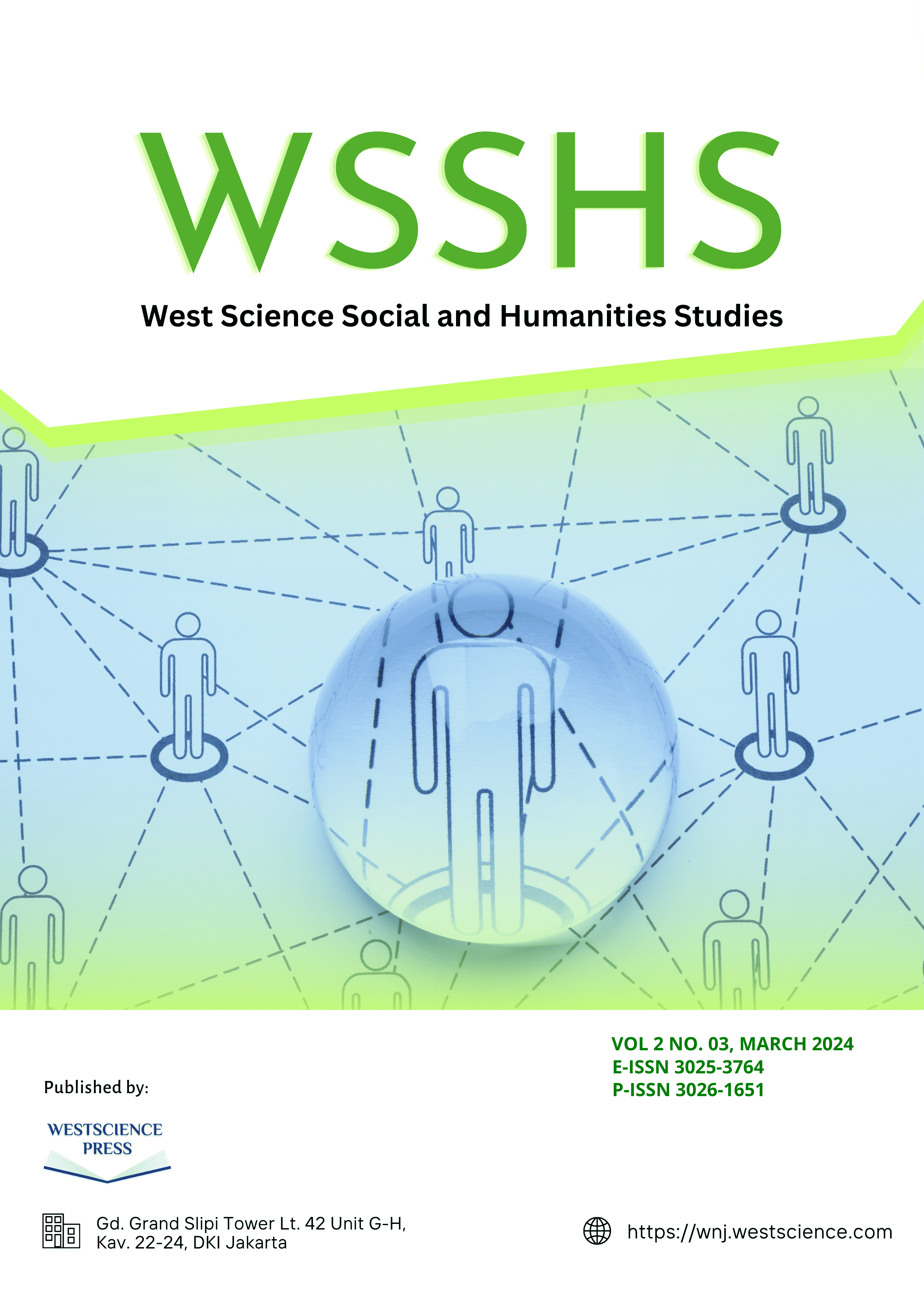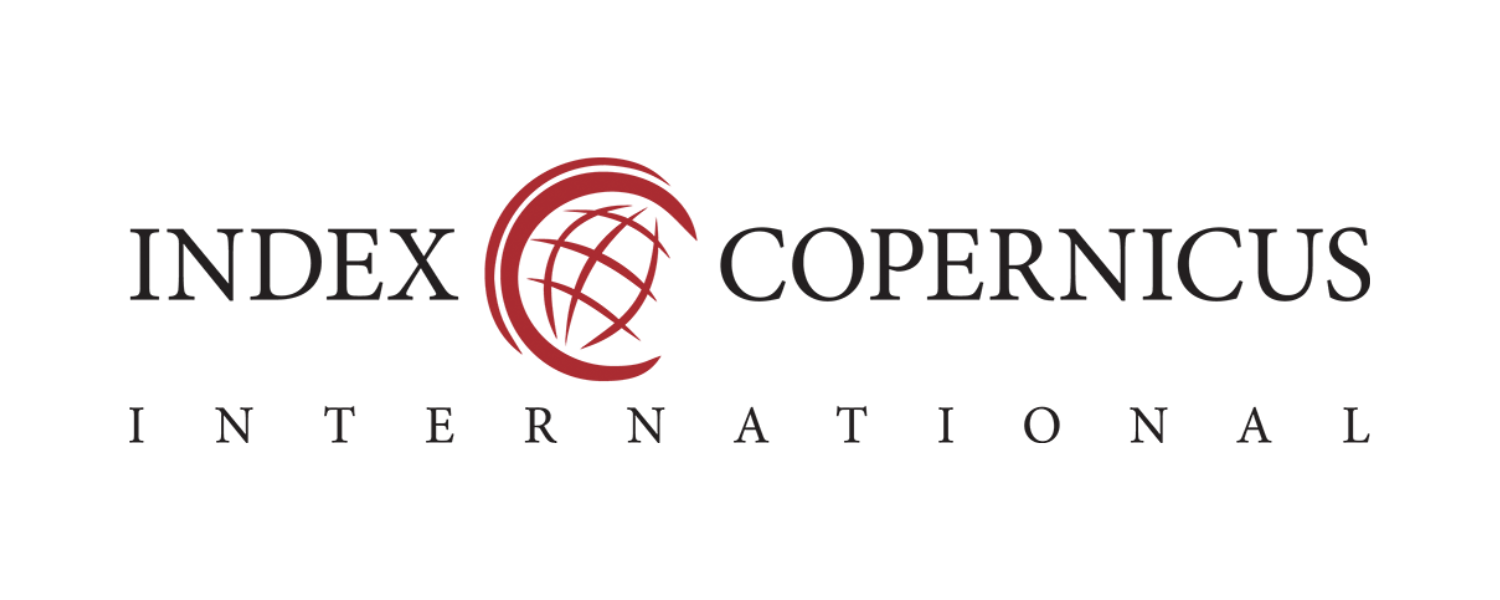Analysis of the Influence of Social Media Use, Educational Technology, and Digital Identity on Educational Culture Change in West Java
DOI:
https://doi.org/10.58812/wsshs.v2i03.703Keywords:
Educational Culture Change, Social Media Use, Educational Technology, Integration, Digital Identity Formation, West JavaAbstract
This study explores the impact of digital identity development, social media use, and educational technology integration on changes in educational culture in West Java, Indonesia. A quantitative strategy was used, collecting data from 120 teachers and students from different educational institutions through survey methodologies. The data was analyzed using Structural Equation Modeling with Partial Least Squares (SEM-PLS). The findings show a strong correlation between the usage of social media, the integration of technology in education, the development of digital identities, and the transformation of educational culture. The results show that social media use, while to a lower degree, also plays a significant part in the shift in educational culture, but that digital identity and instructional technology have the most effects. For educators, policymakers, and academics looking to use digital technology to promote inclusive learning environments and positive educational reforms in West Java, these discoveries have important implications.
References
A. H. M. Sastraatmadja, D. P. Nurhasanah, Y. Priyana, and S. Supriandi, “Peran Keluarga dalam Pendidikan Islam Guna Membentuk Generasi Islam yang Berkualitas di Jawa Tengah,” J. Pendidik. West Sci., vol. 1, no. 10, pp. 632–643, 2023.
S. Supriandi, T. Lesmana, I. Subasman, A. Y. Rukmana, and P. M. Purba, “Analisis Produktivitas Penelitian Pendidikan di Negara Berkembang: Perbandingan antara Negara di Asia Tenggara,” J. Pendidik. West Sci., vol. 1, no. 07, pp. 449–459, 2023.
A. Y. Rukmana, S. Supriandi, and R. Wirawan, “Penggunaan Teknologi dalam Pendidikan: Analisis Literatur Mengenai Efektivitas dan Implementasi,” J. Pendidik. West Sci., vol. 1, no. 07, pp. 460–472, 2023.
F. R. Suhadi and E. Setyowati, “Analisis Pengaruh Jumlah Penduduk, Pendidikan, Upah Minimum, Dan PDRB Terhadap Tingkat Pengangguran Terbuka Di Provinsi Jawa Barat,” EKOMBIS Rev. J. Ilm. Ekon. dan Bisnis, vol. 10, no. 2, pp. 879–888, 2022.
D. Tsalsalaila, H. K. Wiralag, and S. F. Zahra, “Pengaruh Pertumbuhan Ekonomi Dan Inflasi Terhadap Upah Minimum Peovinsi Jawa Barat Tahun 2011-2019,” J. Ilm. Wahana Pendidik., vol. 8, no. 18, pp. 101–113, 2022.
M. Iqbal, “Desain Formulasi Penilaian Kinerja Kesehatan Fiskal Dan Pengelolaan Keuangan Daerah (Studi Kasus Provinsi Jawa Barat),” J. BPPK Badan Pendidik. dan Pelatih. Keuang., vol. 10, no. 2, pp. 11–23, 2017.
N. Nurmalasari and I. Masitoh, “Manajemen Strategik Pemasaran Pendidikan Berbasis Media Sosial,” J. Manag. Rev., 2020.
M. Sa’diyah, N. Naskiyah, and A. R. Rosyadi, “Hubungan Intensitas Penggunaan Media Sosial Dengan Kesehatan Mental Mahasiswa Dalam Pendidikan Agama Islam,” Edukasi Islam. J. Pendidik. Islam, vol. 11, no. 03, pp. 713–730, 2022.
T. Bari and M. Abualkibash, “COMPARING VIRTUAL LEARNING TECHNIQUES UPON TECHNOLOGY ACCEPTANCE AND STUDENT ENGAGEMENT IN DIFFERING CLASSROOM ENVIRONMENT,” 2021.
Y. Liu, “Alone Together: Study of Adolescents’ Psychological Health and Contemporary Social Media,” Lect. Notes Educ. Psychol. Public Media, vol. 5, no. 1, pp. 325–329, 2023, doi: 10.54254/2753-7048/5/20220554.
W. Akram and R. Kumar, “A Study on Positive and Negative Effects of Social Media on Society,” Int. J. Comput. Sci. Eng., vol. 5, no. 10, pp. 351–354, 2017, doi: 10.26438/ijcse/v5i10.351354.
N. Noori, A. Sayes, and G. Anwari, “The Negative Impact of Social Media on Youth’s Social Lives,” Int. J. Humanit. Educ. Soc. Sci., vol. 3, no. 1, pp. 481–493, 2023, doi: 10.55227/ijhess.v3i1.613.
J. R. Coyanda, “Model Technopreneur IT Mahasiswa Pada Masa Pandemic Covid 19 dengan Metode Business Model Canvas,” J. Ilm. Inform. Glob., vol. 11, no. 1, pp. 27–32, 2020, doi: 10.36982/jig.v11i1.1069.
I. W. K. Suwastika, “Pengaruh E-Learning sebagai Salah Satu Media Pembelajaran Berbasis Teknologi Informasi Terhadap Motivasi Belajar Mahasiswa,” J. Sist. dan Inform., vol. 13, no. 1, pp. 1–5, 2018.
L. P. Sari, F. S. Dewi, and E. Maryanti, “Analysis of the Effect of Social Media on Teenage Premarital Sex at SMAN 8 in Jambi City,” J. La Medihealtico, vol. 2, no. 4, pp. 14–23, 2021, doi: 10.37899/journallamedihealtico.v2i4.368.
N. Meilani, S. S. Hariadi, and F. T. Haryadi, “Social media and pornography access behavior among adolescents,” Int. J. Public Heal. Sci., vol. 12, no. 2, pp. 536–544, 2023, doi: 10.11591/ijphs.v12i2.22513.
Y.-J. Kim, “The international comparison on the grit and achievement goal orientation of college students: Focusing on the college students in Korea, China, and Japan,” Adv. Sci. Technol. Lett., vol. 119, pp. 10–13, 2015.
J. F. Hair, J. J. Risher, M. Sarstedt, and C. M. Ringle, “When to use and how to report the results of PLS-SEM,” Eur. Bus. Rev., vol. 31, no. 1, pp. 2–24, 2019, doi: https://doi.org/10.1108/EBR-11-2018-0203.
Downloads
Published
Issue
Section
License
Copyright (c) 2024 Loso Judijanto, Bhaswarendra Guntur Hendratri, Sabil Mokodenseho, Tania Prinita Aulia Mamonto, Annisa Mokoginta

This work is licensed under a Creative Commons Attribution-ShareAlike 4.0 International License.

















 Instagram
Instagram 